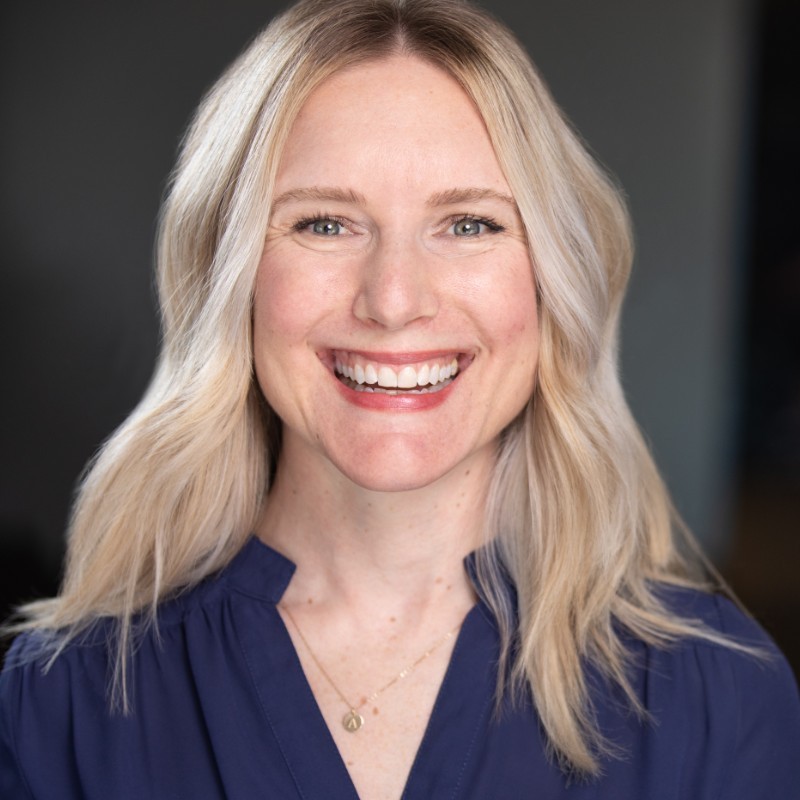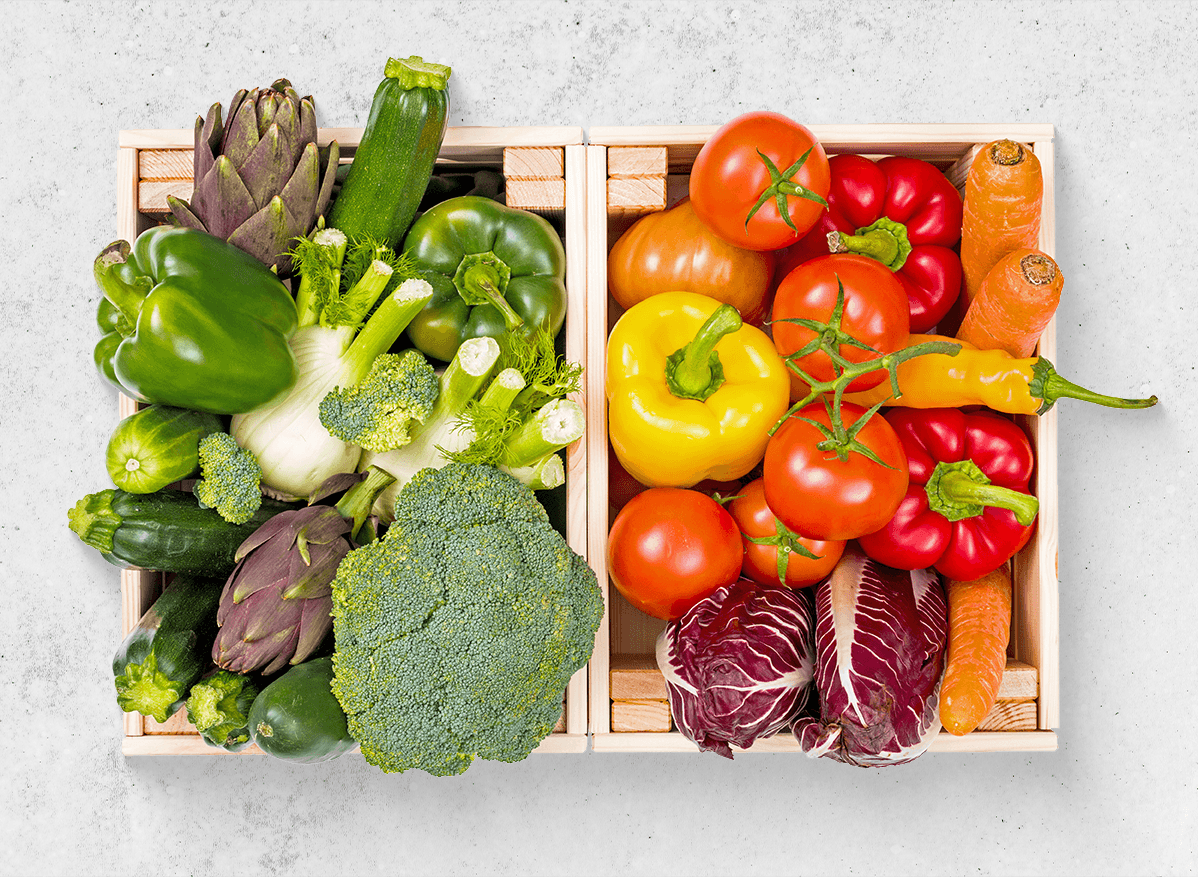Despite widespread research demonstrating that better nutrition leads to improved clinical outcomes, the healthcare industry has faced numerous challenges in scaling nutritional interventions, and in an ROI-positive way for health plans. 6 in 10 adults suffer from at least one chronic condition, and approximately 117 million individuals have one or more conditions that are directly caused by low-quality nutrition.
These alarming statistics are continuing to rise, will soon be unsustainable, and are completely addressable. Research from 2011-2020 has estimated that after accounting for direct healthcare costs, lost productivity and wages, these chronic conditions have contributed to economic costs of upwards of $16 trillion. It goes without saying that a solution, one that can be implemented quickly and at scale, is needed.
In order to make meaningful changes though, we must first take a closer look at the current system. There are 3 primary drivers of this crisis - a lack of access to healthy food, the expense of healthy food, and a lack of education around how to eat well. Not everybody experiences all 3, but virtually all people living with nutrition-led chronic disease are affected by at least one.
A lack of access can be attributed to a true food desert, where healthy, fresh food options are few and far between; or the more nuanced concept of a food swamp, where people are surrounded by low-quality food. Unfortunately, there is such an abundance of food swamps that many Americans spend at least some of their day to day time in one. The reality is that we consistently eat what’s around us. Whether it’s in our homes, offices, or neighborhoods, if the foods in these places contribute to chronic disease, we are much more likely to experience one.
On the affordability front, there’s no doubt that healthier foods are on average more expensive in dollar terms. What is perhaps less appreciated is that while it is possible to meal-plan and find low-cost, healthy recipes each week, the cost in time and mental energy to do so in the midst of a food swamp is very high, even for affluent patients, leading to poor decisions. Most health plans today do also offer members an array of food benefits, usually in the form of healthy food cards, post-discharge meals, or investments in local food banks and community-based organizations. However, in practice, these benefits are fragmented and difficult for the average person to navigate, which ultimately means they are rarely used to make food more affordable - and they do nothing to address the issue of wading through the scores of low-quality options available.
Finally, a large number of people lack the culinary and nutrition education to change their diets. Access to registered dietitian care has historically been restricted by geography and availability, limiting the impact these clinicians can have, despite the well-documented efficacy they bring. Due to limited training, primary care doctors also are not well-equipped to provide nutrition guidance to patients, despite being their main clinical touchpoint.
While these may be complex, systemic challenges, the good news is that recent advances in technology, along with consumer adoption of telehealth and digital food ordering, have made it possible to solve them quickly and at scale. We need to adopt more cohesive ways to bring these elements together that create a completely seamless process for the end user. One that combines affordability, clinical care, culinary education, availability of food, and easy-to-use technology. The more health plans begin to embrace this, the healthier their populations will be.
We can no longer wait to make measurable changes that improve the country’s nutrition. The knowledge, technology, and capabilities all exist; it’s time for payers and the industry to lean in and truly reap the benefits of food-as-medicine.
Josh Hix is the CEO and co-founder of Season Health, a food-as-medicine platform that enables people with chronic conditions to eat well and be well.





